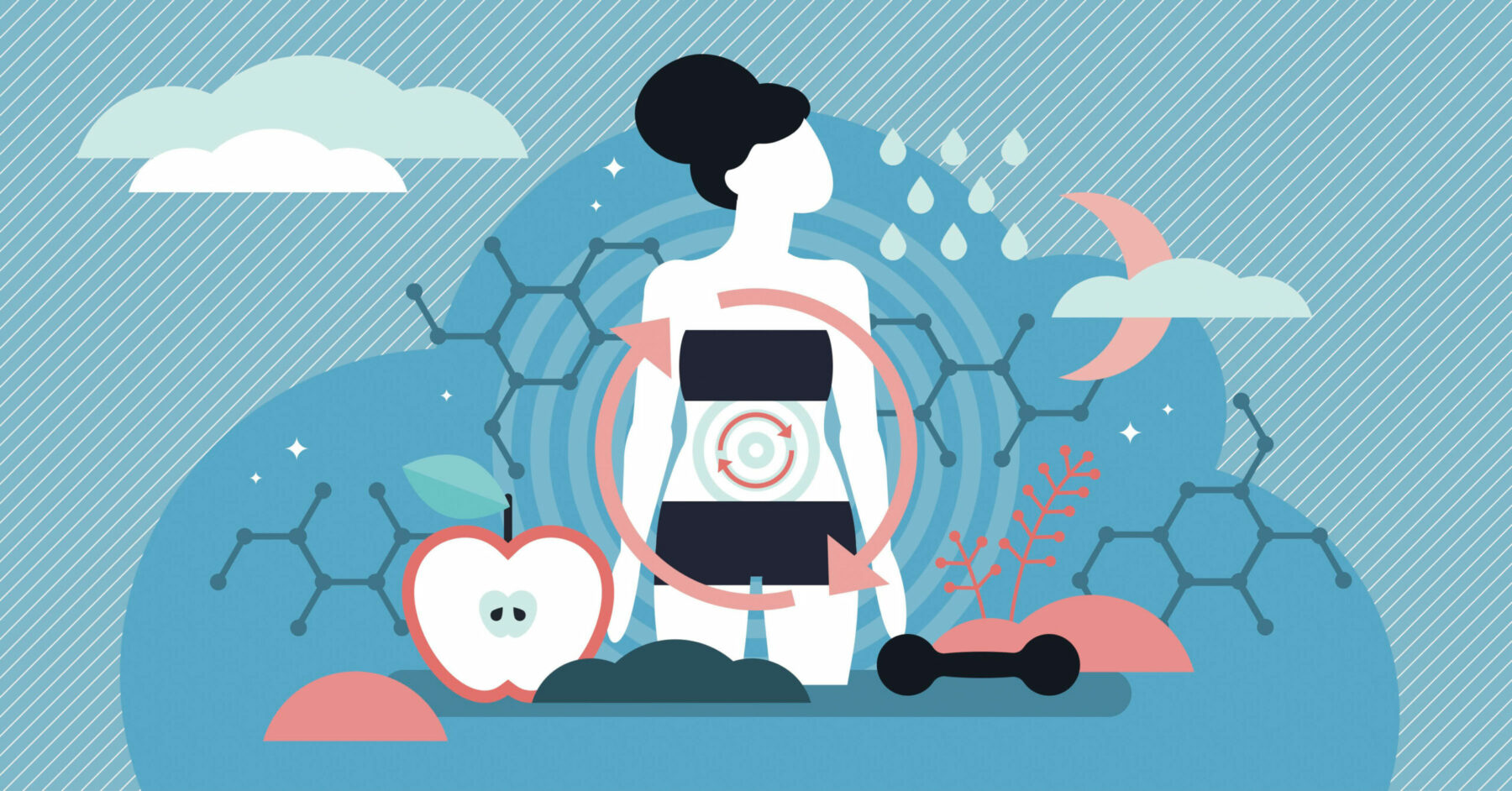How Do Your Genes Impact Your Metabolism?

Genetics is the answer to many questions about how a body looks and functions. Understanding your body’s genetic predisposition gives great insight into how to work with your body to reach your desired goals.
Have you heard people discuss their ability to lose or hold body fat based on their metabolism? This boils down to how their genetics respond to diet and exercise in terms of burning fat.
Your metabolism is made up of the chemical reactions that occur in the body when food is used to fuel daily bodily functions. From breathing to walking, the human body has a certain energy requirement, which is individual to each person. To understand metabolism and how it works, you can look at it from a genetic perspective.
Each person’s predisposition, or how their genes are inclined to act, tells a story about what the body is likely to do. For example, if your genes say you have a predisposition to having a below-average metabolism, it just means your resting metabolic rate (RMR) is lower than a person with a normal or above-average metabolism.
Resting metabolic rate (RMR) makes up 70% of daily calorie burn for people with a sedentary lifestyle. RMR is dependent on gender, body composition, size and age. You can influence your resting metabolic rate with nutrition and exercise. If you can manipulate how many calories are burned at rest per day, your body’s overall calorie consumption will determine how quickly body fat can be utilized for energy, resulting in more efficient weight loss.

First, it’s important to know an individual’s RMR. The most accurate way to get that number is to have it tested in a lab. If testing isn’t available, it’s possible to estimate that number using your basal metabolic rate information, or BMR. Tools like an InBody scan can give a great estimate for BMR, or you can find equations online to calculate it manually.
Why is your BMR important? It gives the base for how many calories your body burns at rest. This will help determine how many calories to eat based on what’s necessary to sustain your body in its current state. Based on your activity level, less or more calories will be burned each day. From there, you can work with your body to increase the calorie burn at rest to increase your overall daily calorie consumption.
How do we influence our genetic predisposition for metabolic rate?
- Build Muscle: A single pound of muscle tissue burns three times as much energy as a pound of fat. Fat burns approximately 2 calories per pound, while muscle tissue burns approximately 6 calories per pound. As the body ages, muscle tends to decrease, while fat increases. By adding or maintaining resistance training to your weekly programming, you can increase lean mass, boost your metabolism through an increased RMR, and burn more unwanted body fat.
- Eat: Ten percent of our daily calorie burn is through digestion. This is referred to as the thermic effect of feeding. By eating at regular intervals, the body regularly burns more calories. Making sure those meals have protein sources, which burn twice as many calories as fat or carbohydrate, will put you on a fast track to a lean, clean, metabolic machine!
- Sleep: Disrupted or deprived sleep patterns (especially under six hours per night) interrupt energy stores and appetite-controlling hormones. This tends to cause more snacking, fat storage and less calorie burning. Getting 7 to 9 hours of sleep helps fully restore the body and hormone balance and allows for muscle building.
- Reduce Stress: Ohio State University researchers found that women who reported one or more stressors in a 24-hour period later burned 104 fewer calories than non-stressed women in the 7 hours after eating a high-fat meal. This could potentially result in an 11-pound weight gain over the course of a year.
Understanding the correlation between genetics and metabolism gives great insight into how to use body fat for fuel, increase resting metabolic rate and fuel the body for the greatest metabolic output. Depending on your predisposition, taking steps to increase your RMR will help sustain a leaner, healthier physique over time.
Do you know what your genes say about you and your metabolism?
About the Author

Coach Kati Epps is the founder of MyBody GX with a background in chemistry from Colorado State University, an ACE-certified personal trainer, health coach and nutrition specialist.






